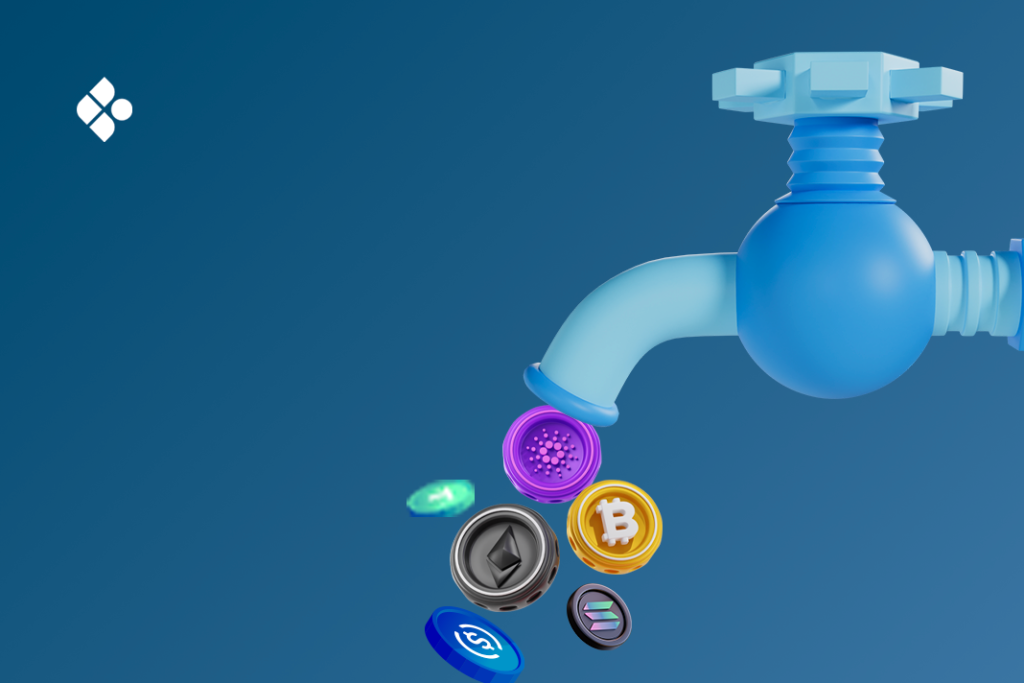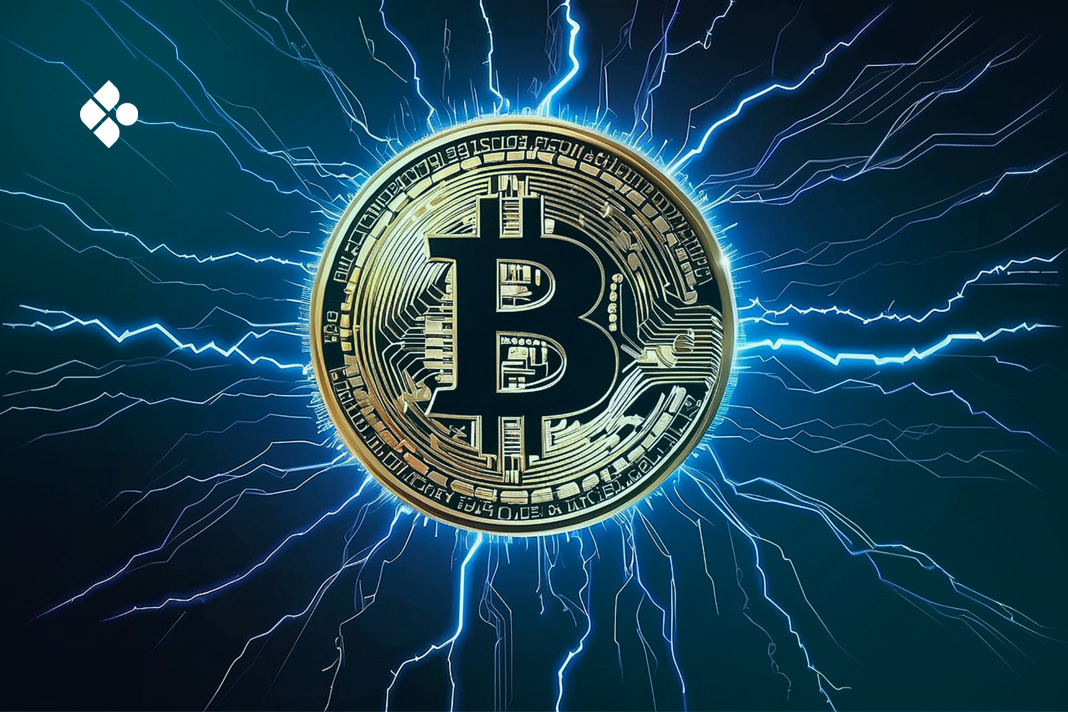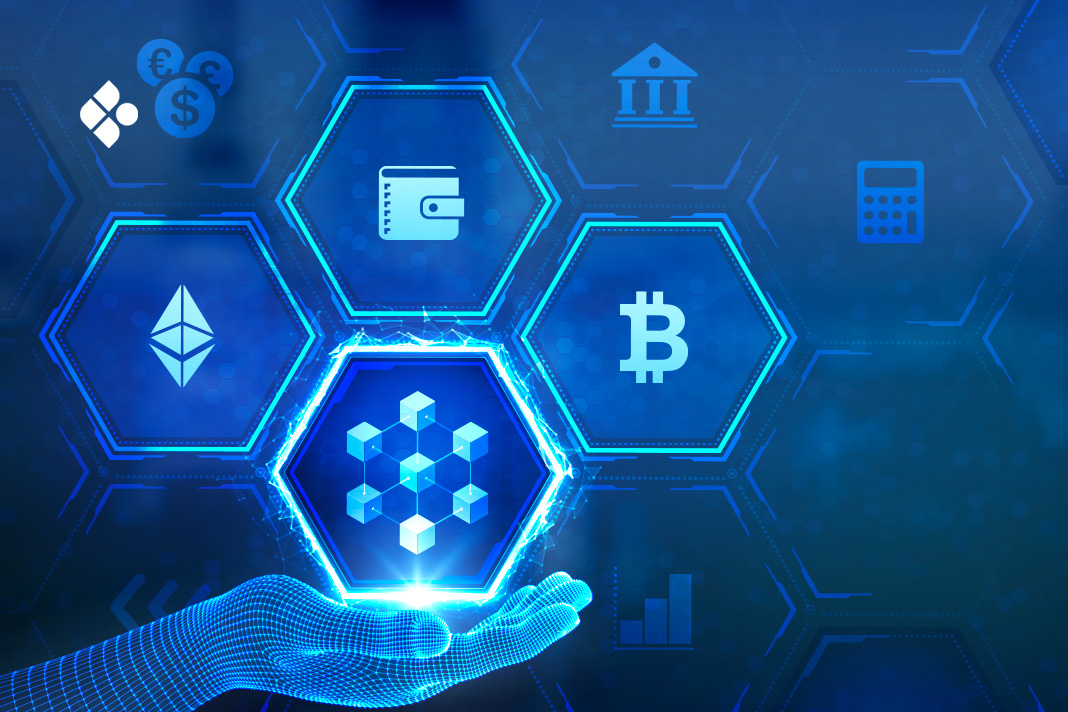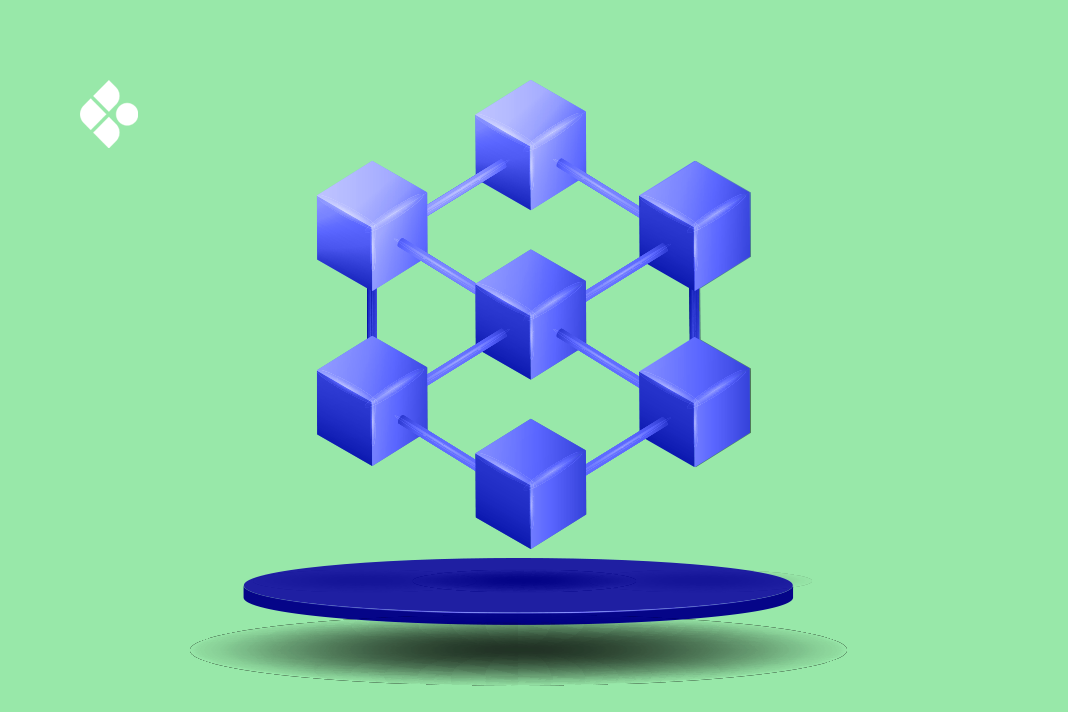Many blockchain projects fail due to inadequate testing before they launch on the mainnet. So, testnets have become an integral part of most blockchain projects’ development. Studies show marked improvements in mainnet launches thanks to extensive testnet programs.
Testnets serve as practice environments for developers to test smart contracts and identify potential vulnerabilities before going live. It is crucial to ensure the safety of user funds in your protocols. But which testnets are the best, what are the different types, and how do you create testnet tokens? This article provides the necessary answers, so keep reading.
Types of Testnets
There are two major types of testnets. They are:
1. Public testnets:
This type of testnet is open to the general public for testing and experimentation. Everyone is allowed and not restricted to a selected group of individuals or organisations. They usually also have a Graphic User Interface (GUI) to make it easy for non-programmers to interact with them.
Since public testnets are open to everyone, a general demerit is unreliability due to network congestion. Examples of the most popular public testnets include Goerli(Ethereum), Sepolia(Ethereum), and Rinkeby(Ethereum).
2. Private Testnets:
On the contrary, private testnets are not open to everyone. They are restricted to a select group of developers and provide a more controlled environment for testing and collaboration between developers, auditors, and stakeholders of a particular protocol.
Only those invited can participate, and it usually uses a Command Line Interface (CLI) without a GUI, which is more suitable for developers and auditors. The most popular private testnet for developers on the Ethereum blockchain is Ganache.
What are the Unique Features of a Testnet?
The testnet and the mainnet are almost identical because it is essential that whatever works on the testnet should also work on the mainnet. However, there are a few unique points in which a testnet differs from a mainnet.
1. Native Cryptocurrency:
Testnets have their own native cryptocurrencies, usually a copy of their associated mainnet cryptocurrencies. However, interaction with these cryptocurrencies does not change the mainnet of their associated blockchain because they have an entirely different ledger. As a result, it is impossible to transfer tokens from a testnet to the main network.
2. Easy Mining Algorithm:
Another important feature of a testnet is easy mining. Each block is capped. This means that the algorithms the miners solve to add a new block to the testnet blockchain are extremely easy. Thus, the worth of the mined testnet tokens is zero.
The Importance of a Testnet In Blockchain Development

1. Smart Contract Testing:
Testing and performing experiments with smart contracts is much safer and has no real-world consequences in the testnet environment.
2. Education and Skill Development:
A sandbox where learners are not scared to iterate and make mistakes is perfect for growing blockchain development skills and expertise.
3. Risk Mitigation:
Thoroughly testing smart contracts in the testnet is a risk mitigation strategy for protocols about going live on the mainnet. Extensive tests are done, and attack scenarios are created on the testnet to see how the protocol’s smart contracts protect against cyber-attacks. This helps reduce the risk of the protocol being hacked in the future.
Well-Known Testnets for Blockchain Developments
1. Goerli (Ethereum)
Goerli is one of several Ethereum testnets. It has become a staple in the developer community as one of the most stable, near-identical environments for testing projects before they launch.
2. Binance Smart Chain Testnet
Binance Smart Chain testnet is used to test projects on the Binance blockchain. The testnet mirrors the actual Binance network, and developers can test all their apps and smart contracts.
3. Avalanche Fuji C-Chain Testnet
This testnet is for testing on the Avalanche C-Chain network. It lets developers test their projects with tokens to ensure they launch problem-free on the mainnet.
4. Fantom Testnet
Much like other testnets, the Fantom Testnet mirrors the real Fantom network. You can test your application here before you launch it on the mainnet to sniff out any issues.
5. Polygon Mumbai Testnet
The Polygon Mumbai Testnet is for testing projects meant for the Polygon network. It resembles the actual Polygon network and can let you spot possible problems with your project.
How to Get Testnet Tokens
A testnet faucet is simply a source for testnet tokens. It is a service that provides test tokens with no value to users and developers to test the functionality of their smart contracts and decentralised applications without any real-world charge.
Steps to Get Testnet Tokens for Blockchain Development
Testnet tokens are valueless and are used to test protocol functionality that involves payments and to cover gas costs.
The steps to get testnet tokens are generally the same, with slight differences depending on the faucet. Here are the steps to get Sepolia ETH from Chainlink’s testnet faucet:
- Navigate to the Chainlink Sepolia faucet.
- If not selected, select the Sepolia network where you want to receive the testnet tokens.
- Click on the Connect Wallet button.
- After connecting, paste your wallet address in the input field meant for the wallet address.
- Verify you’re human by clicking the “login via github” button.
- Finally, click on the “send request” button.
The tokens are then sent from the faucet to your specified wallet address.
Factors to Consider When Choosing a Testnet for Blockchain Development
1. Consensus Mechanism:
The consensus mechanism of your chosen Testnet must match your project’s requirements. Determine whether your protocol uses a Proof-of-Work (PoW) or a Proof-of-Stake (PoS) mechanism and choose a testnet that aligns with it.
2. Ease of Use:
Choose a user-friendly testnet that provides options for easy and straightforward deployment. This would enable you to focus on the core engineering of your protocol and less on deployment issues.
3. Compatibility with Corresponding Mainnet:
Your chosen testnet should be compatible with the Mainnet on which your protocol would be live. For example, a protocol for the Ethereum Blockchain should be tested on a Goerli or Sepolia testnet.
4. Cost:
More often than not, testnets and testnet faucets are completely free. However, because validators are not paid to solve the block addition algorithm, some testnets may require a minimum mainnet balance before you can request testnet tokens. An example is the Goerli faucet, which requires a mainnet balance of 0.001ETH to prevent bots and abuse.
Frequently Asked Questions (FAQs) About Testnets for Blockchain Development
What is the difference between the mainnet and the testnet?
The mainnet is the live and operational blockchain network where transactions that involve real funds occur. On the other hand, the testnet is a separate, decentralised ledger where transactions with test funds that have no value take place.
How do I connect a node to a testnet?
To connect your node to a testnet, you have to configure your node with specific testnet parameters provided by the blockchain network you use.
Where can I find a testnet Explorer?
You can find the testnet explorer for each blockchain network on the official website of each of the respective blockchains.
Are there differences in gas prices in the mainnet and testnet?
The gas prices on the mainnet and testnet may differ. The gas prices on the testnet are usually lower to encourage development.
Can I simulate real-world conditions in the testnet?
Yes. The testnet is designed to be identical to its corresponding main network. Therefore, with the right parameters, any condition on the mainnet can be simulated on the testnet.
Conclusion
Development in an immutable environment like the blockchain gets tricky because of the large amount of funds that are at the mercy of the smart contract. Mistakes or oversights can lead to major losses.
Testnets help curb this by providing a live blockchain simulation where developers and non-developers can test-run smart contracts before deploying to the mainnet.
As the blockchain experiences more mass adoption, leveraging testnets and testnet faucets will become necessary to ensure secure and robust protocols.
Happy exploring!







